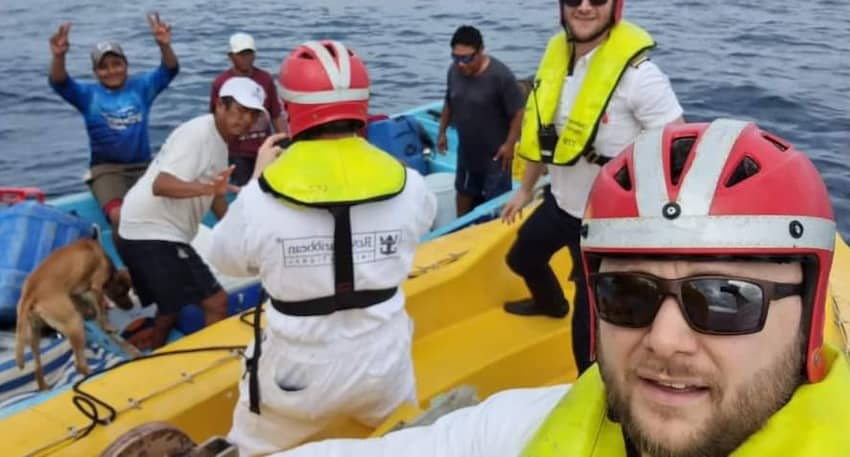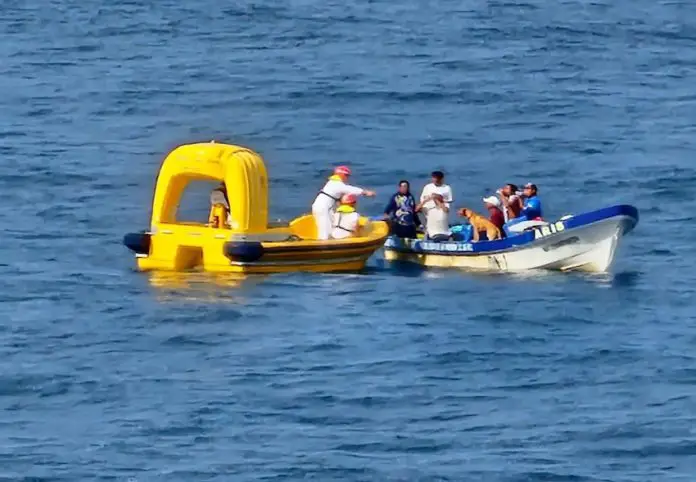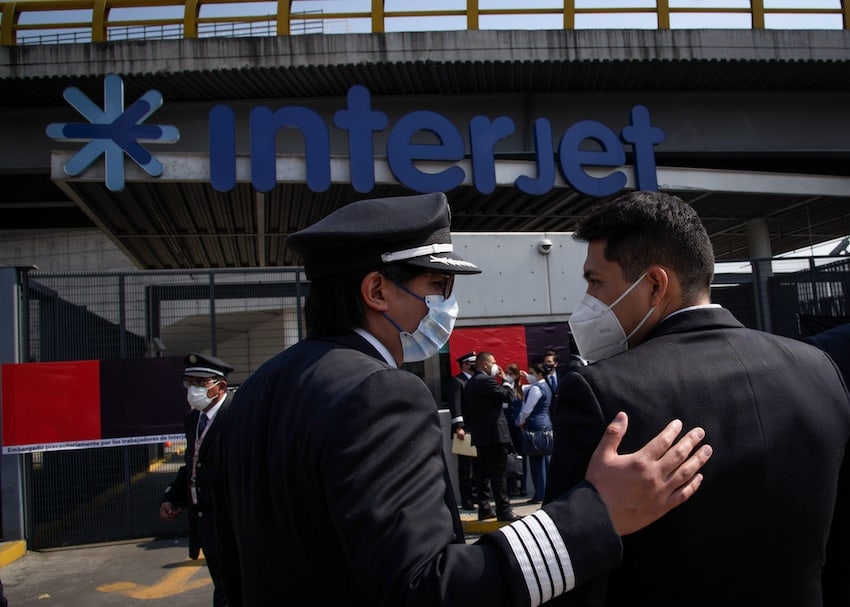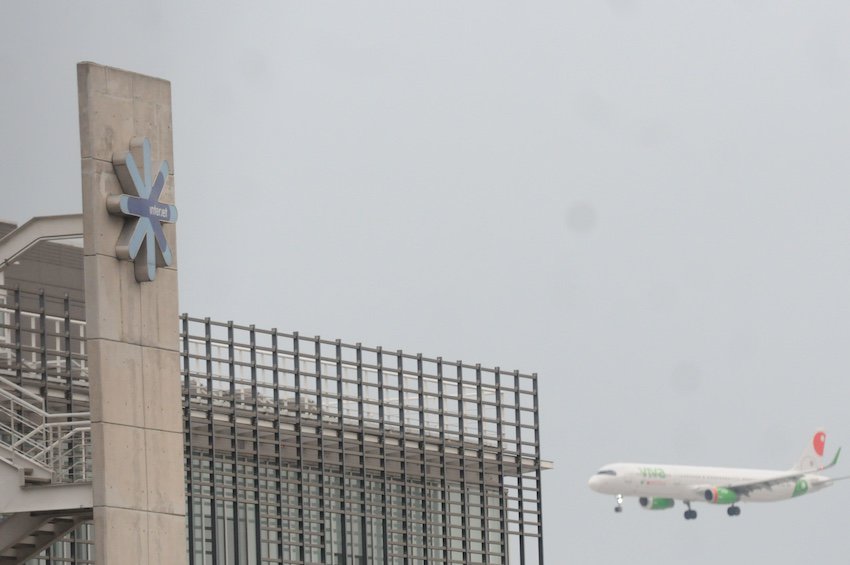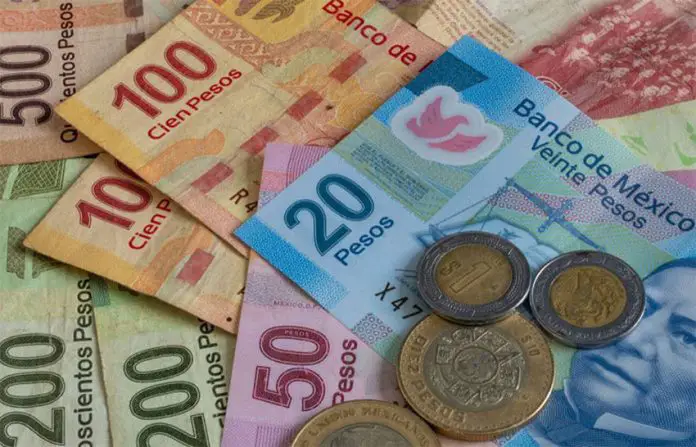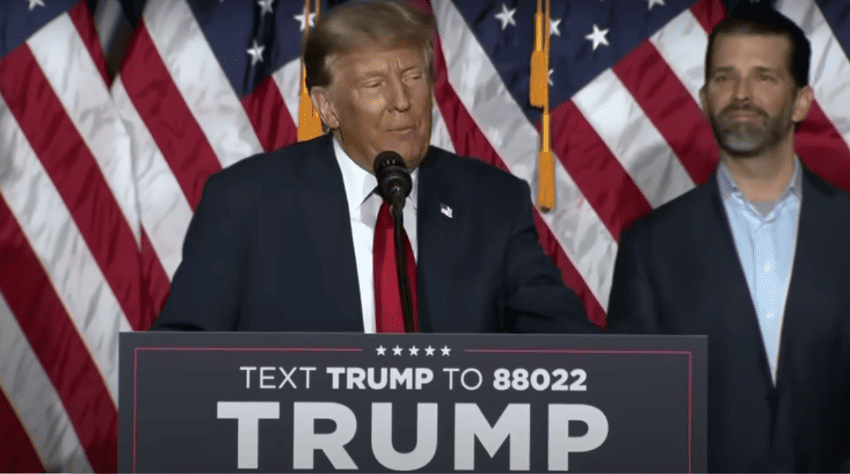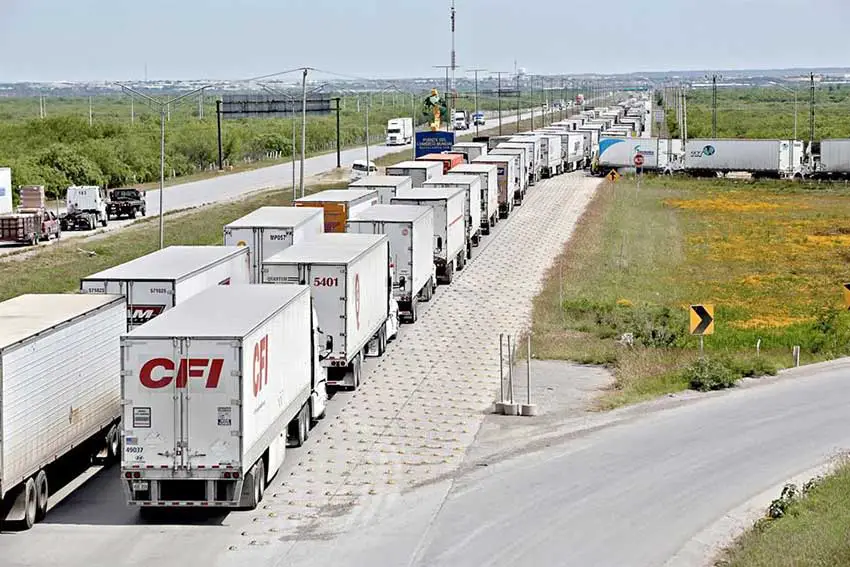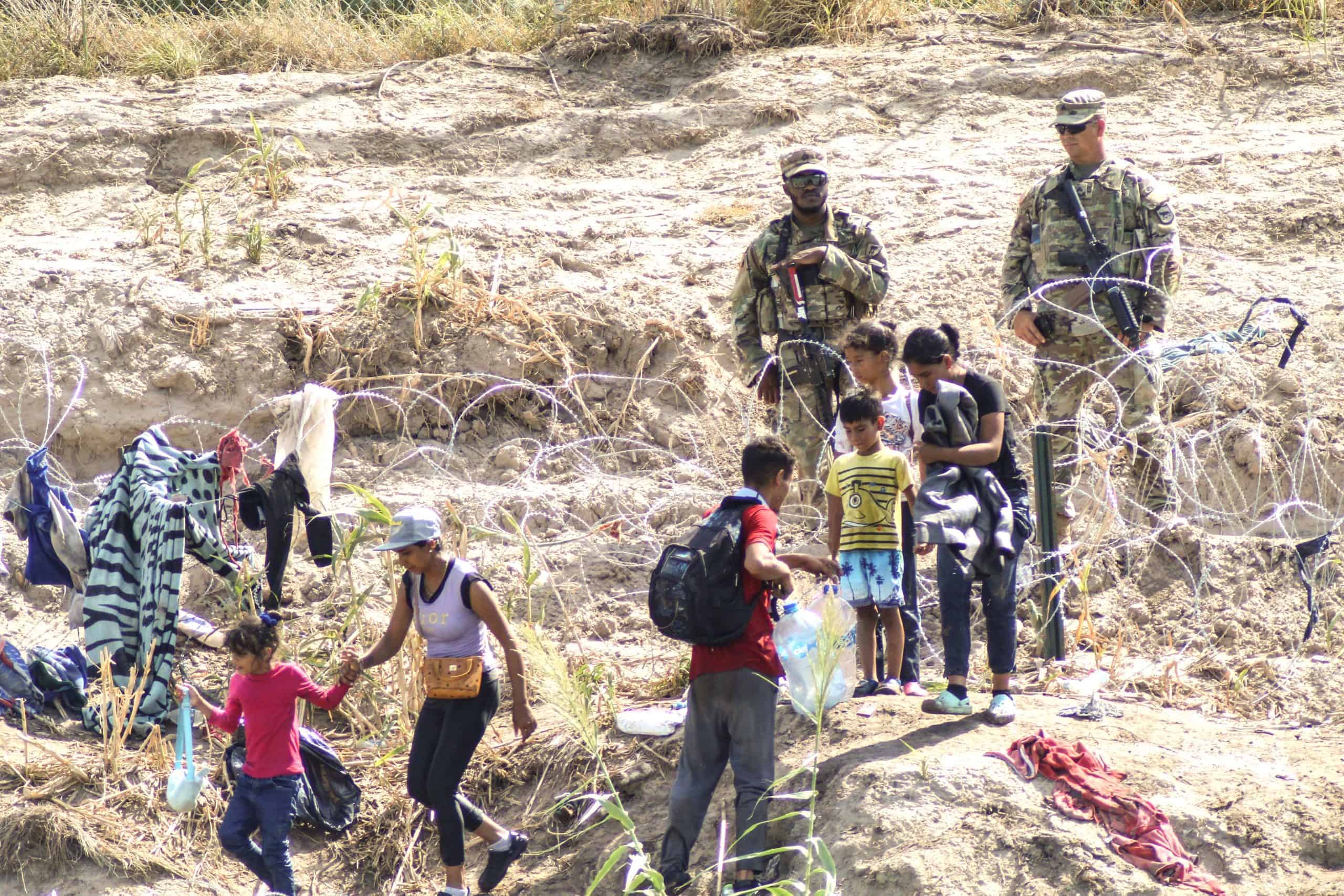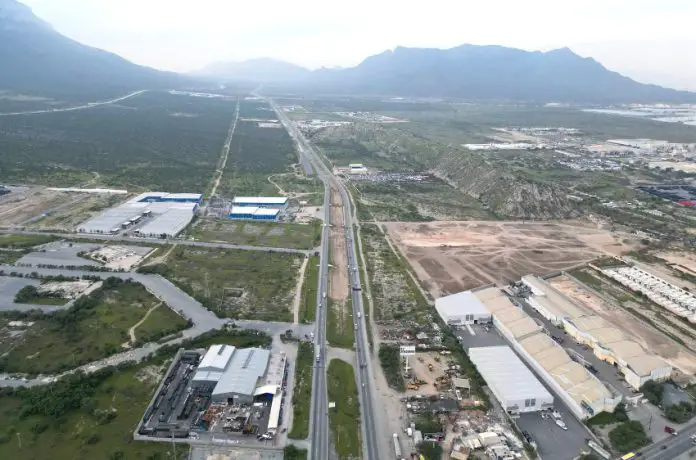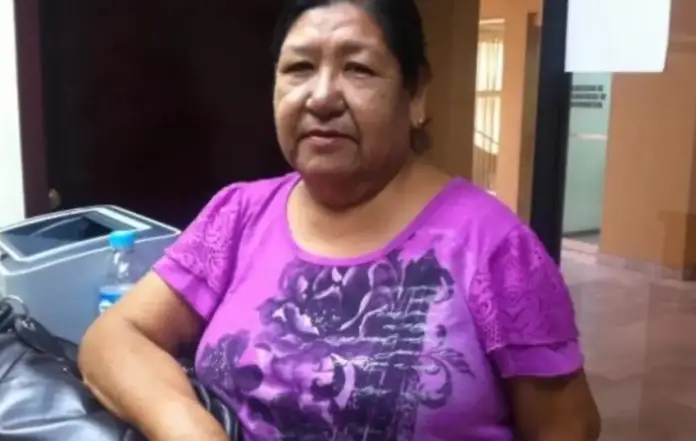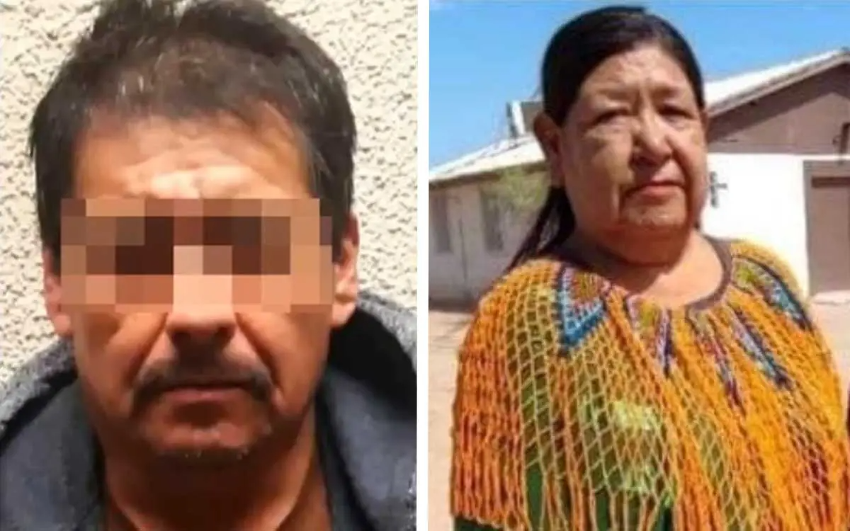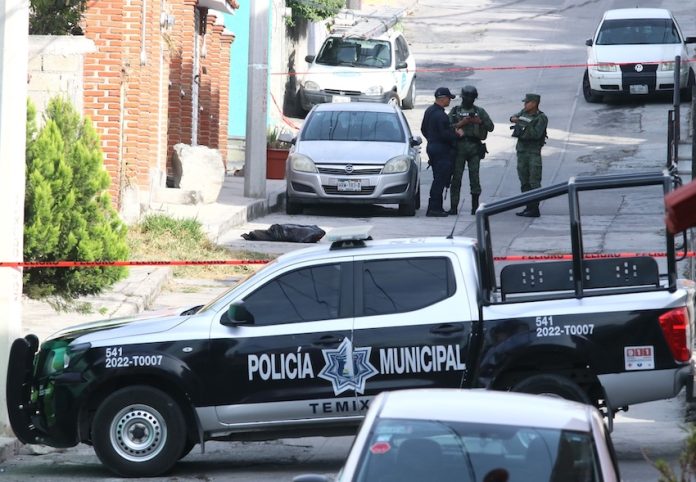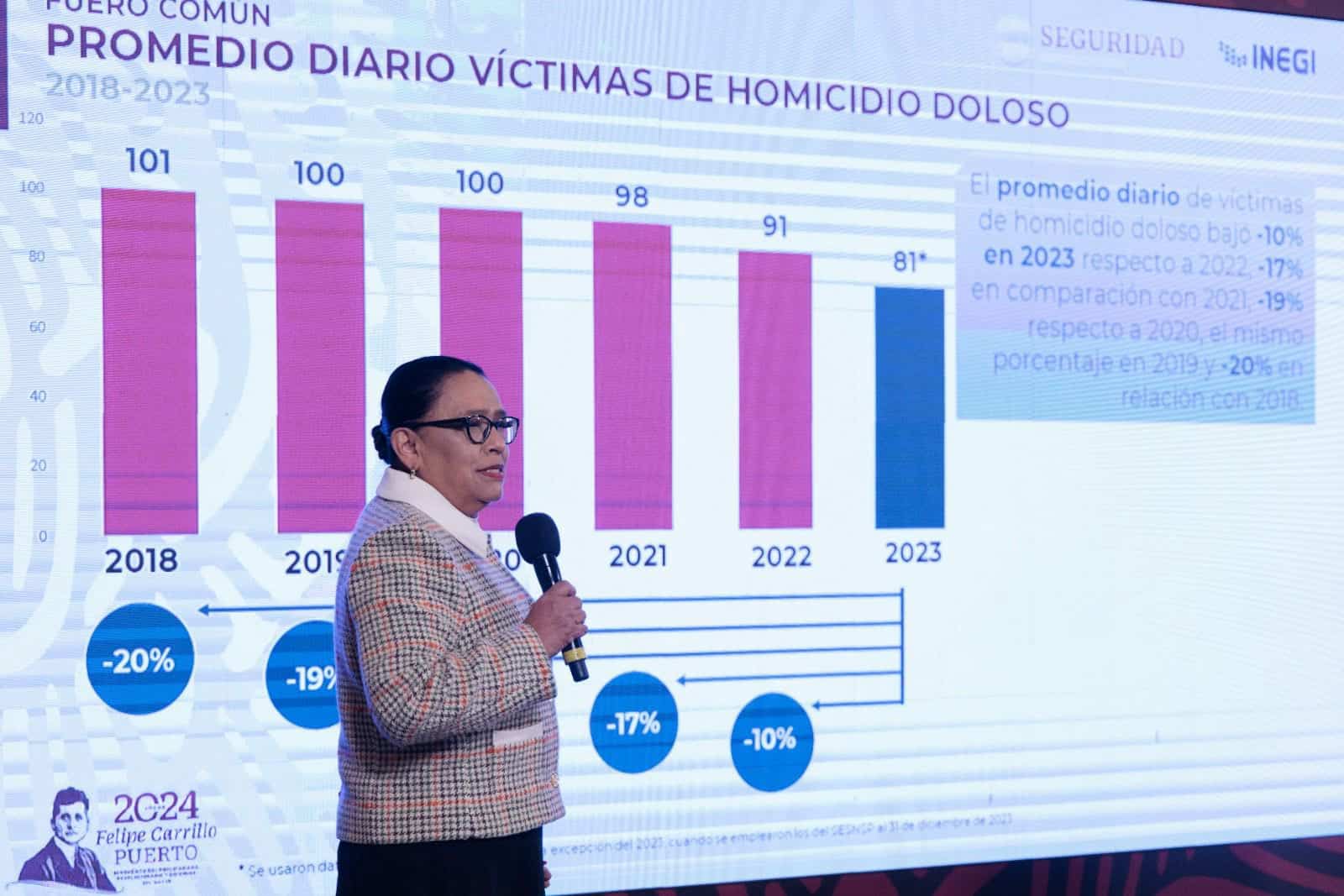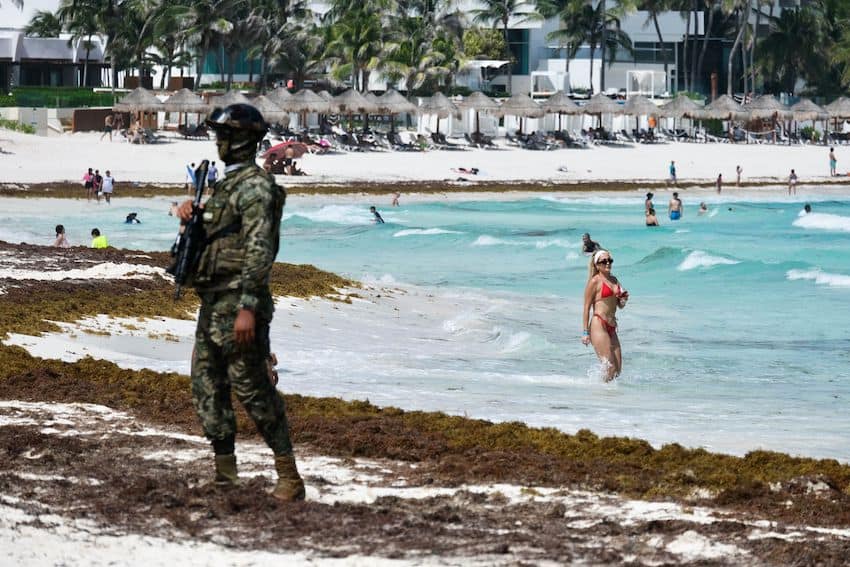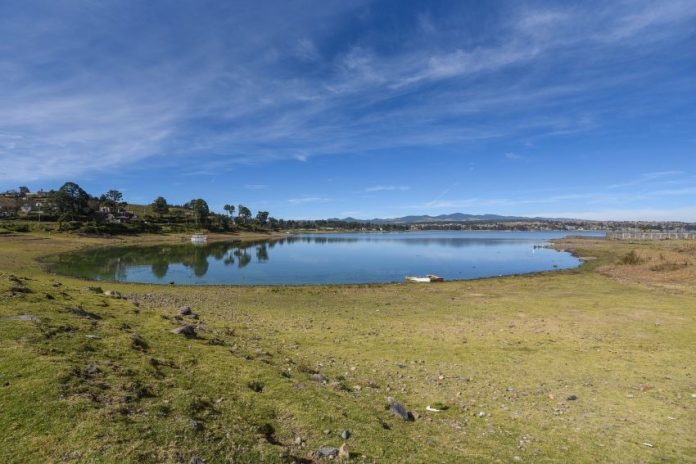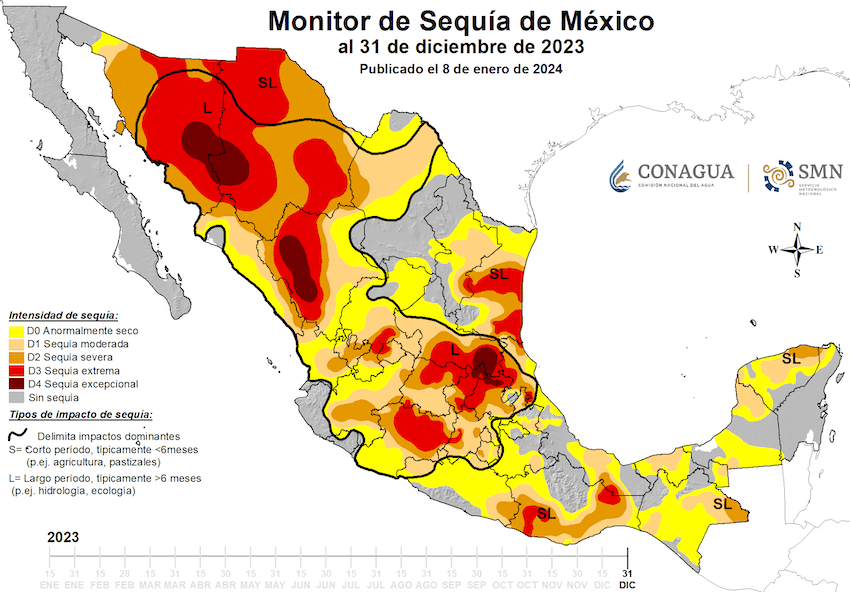If you are a United States citizen who lived and worked outside of the U.S. in 2023, you may be able to take advantage of one of the biggest tax benefits there are.
The foreign earned income exclusion (FEIE) allows U.S. taxpayers to exclude up to US $120,000 from income tax if they meet certain requirements. Assuming your average tax rate is around ten percent on $120,000, the FEIE could save you more than $10,000 in taxes. And to make the news even better, the exclusion applies to individuals separately, so if both you and your spouse independently meet the FEIE requirements, you can both benefit.
So what do you need to do to qualify for this tremendous tax break? In a nutshell, you need to satisfy three conditions. First, you need to have foreign earned income. Second, your tax home must be in a foreign country. Finally, you need to spend a certain amount of time overseas. Below I break down each of these steps and provide some other tips on the FEIE.
Step 1 – Do I have foreign earned income?
Earned income is money that you make for performing professional services. Examples include wages paid to an employee, income you earn as a self-employed person through your business, and fees charged by therapists, chiropractors, attorneys and other professionals. Basically, anything that requires you to personally do something to earn money. Earned income does not include pension distributions, interest or dividends, alimony or similar income streams that do not require you to perform a professional service.
Earned income is considered to be foreign earned income when the services for which you are paid are performed in a foreign country. For example, if you are a U.S. citizen employed by a U.S., Mexican or other foreign employer, and you live in Mexico and work from there, the wages you are paid are foreign earned income. If you are a self-employed painter or writer practicing your craft in Mexico, the money you make from selling paintings or articles is foreign earned income.
Generally, the income you earn from renting a foreign property is not earned income unless you perform significant services with regard to that income. For example, income I receive for renting the casita on our property in San Miguel de Allende is not earned income. Commissions received by a real estate professional for house sales and from managing rental properties would be earned income.
Step 2 – Do I have a tax home in a foreign country?
Your tax home is the place where you regularly work. If you don’t have a principal place of business because of the nature of your work, your tax home is considered to be the place where you regularly live. Where a person lives is determined by factors such as where they have their family and economic and personal ties.
For most of us, the distinction is inconsequential because we live and work in the same general vicinity. I live in Mexico and work from home, so my tax home is Mexico. For some people, however, it becomes an important distinction.
For example, a consultant who travels to different overseas locations and returns to their home in the United States between jobs would not be considered to have a foreign tax home, even though they would have foreign earned income because their professional services were performed outside of the U.S. Owning a home in the United States doesn’t necessarily mean that one lives in the United States, but returning to that home between jobs is strong evidence that it is where they have family, economic, and personal ties.
Employees who are permanently or indefinitely assigned to work in a foreign country are considered to have a tax home in that foreign country. Generally, if you expect your employment away from home to last for one year or less, it is temporary. If you expect it to last for more than one year, it is indefinite.
Step 3 – How long do I need to be out of the U.S.?
If you meet both the foreign earned income and tax home requirements of the FEIE, you still have to meet either the bona fide residence or the physical presence test.
The bona fide residence test assesses your intent to move overseas. If you go to a foreign country with the intention of making your home there, and you have no plans to return to the U.S., then you could satisfy this test. The catch, however, is that you have to be in the foreign country for the entire tax year beginning from Jan. 1. In other words, even if you moved to Mexico on Jan. 6, 2023 and stayed through December, you could not meet this test although you may have intended to remain in Mexico from the start.
The physical presence test, on the other hand, is dependent entirely on your being outside of the U.S. for at least 330 full days during a 12-month period, regardless of your intention to stay abroad or return.
Thus, if you arrive in Mexico on Jan. 6 and stay for the entire year, you would meet the 330-day test. Additionally, if you were still living in Mexico on Jan. 1, 2024 and remained the entire year, you could meet the bona fide residence test for 2024, even if you didn’t spend 330 days in Mexico during the year. Trips to the U.S. during the year do not impact your bona fide residence so long as your intention is to return to your foreign home (and you do return).
Here’s an example to help explain the concepts described above.
Jane is assigned by her employer to the Mexico City office for a project that will take an indefinite period of time to complete. Jane gives up her U.S. apartment, rents a place in Mexico City, and arrives there on Feb. 2, 2023. She unexpectedly has to return to the U.S. for 14 days in April 2023, but then returns to Mexico City. She also takes a 20-day vacation to visit friends and family in the U.S. in August 2023.
Jane has foreign earned income: the wages she earns from her employer while working in Mexico City. She also has a foreign tax home as she is indefinitely assigned to work in a foreign country and she does regularly live and work in Mexico City. Jane does not have a bona fide residence in Mexico for purposes of the FEIE in 2023 because she was not living in the country on Jan. 1. Jane also can’t meet the physical presence test for the 12-month period from Jan. 1-Dec. 31, 2023 because she was only present in Mexico for 304 days (365 days in the year, less 33 days from Jan. 1 to Feb. 2, less 14 days in April, less 20 days in August).
However, for purposes of the physical presence test, only part of the 12-month period that includes your 330 days must fall in the year for which you want to claim the FEIE.
Thus, if Jane begins her 12-month period on the day she first arrived in Mexico, she would meet the physical presence test for 2023 because she would have been present in Mexico for at least 330 days during the 12-month period from February 3, 2023 to February 2, 2024 (365 days in the period, less 14 days in April 2023, less 20 days in August 2023 and assuming she did not travel to the U.S. in January 2024, equals 337 days). In this case, Jane could use the FEIE to exclude from income the wages she earned while in Mexico in 2023.
Another important thing to know is that your period of physical presence does not need to be in the same foreign country. For example, if Jane did not have to travel to the U.S. in April and had vacationed with her family in Europe during August, she would have met the physical presence test for the 12-month period from Jan. 1 to Dec. 31, 2023.
What else do I need to know?
The FEIE is a great benefit, but it only applies to income tax not to social security tax. This probably isn’t an issue for employees because their employers are required to withhold that tax from wages during the year. However, if you are self-employed, you pay this tax out of pocket.
The social security tax rate is roughly 15% of your self-employment income, so the $120,000 that you can exclude from income tax under the FEIE would still be subject to about $18,000 in social security tax. To avoid having to pay a lump sum with your Form 1040 U.S. Individual Income Tax Return in April, you can make estimated tax payments during the year on the Internal Revenue Service website at www.irs.gov.
Claiming the FEIE also excludes you from taking certain tax credits, such as the earned income credit and the additional child tax credit. And, once you claim the FEIE you must continue to claim it as long as you are eligible, unless you request exemption from the IRS. All this is to say that you should talk to your tax advisor to see whether the FEIE is appropriate in your situation.
How do I claim the FEIE?
You do not have to ask permission from the IRS to claim the FEIE. Merely complete and attach Form 2555, Foreign Earned Income, to your Form 1040. See the Instructions for Form 2555 for line-by-line instructions on how to complete the form. For more information about the FEIE, see IRS Publication 54, Tax Guide for U.S. Citizens and Resident Aliens Abroad.
Paul Carlino is an attorney living in San Miguel de Allende and the founder of Pickleball Mexico. He writes for Mexico News Daily.
